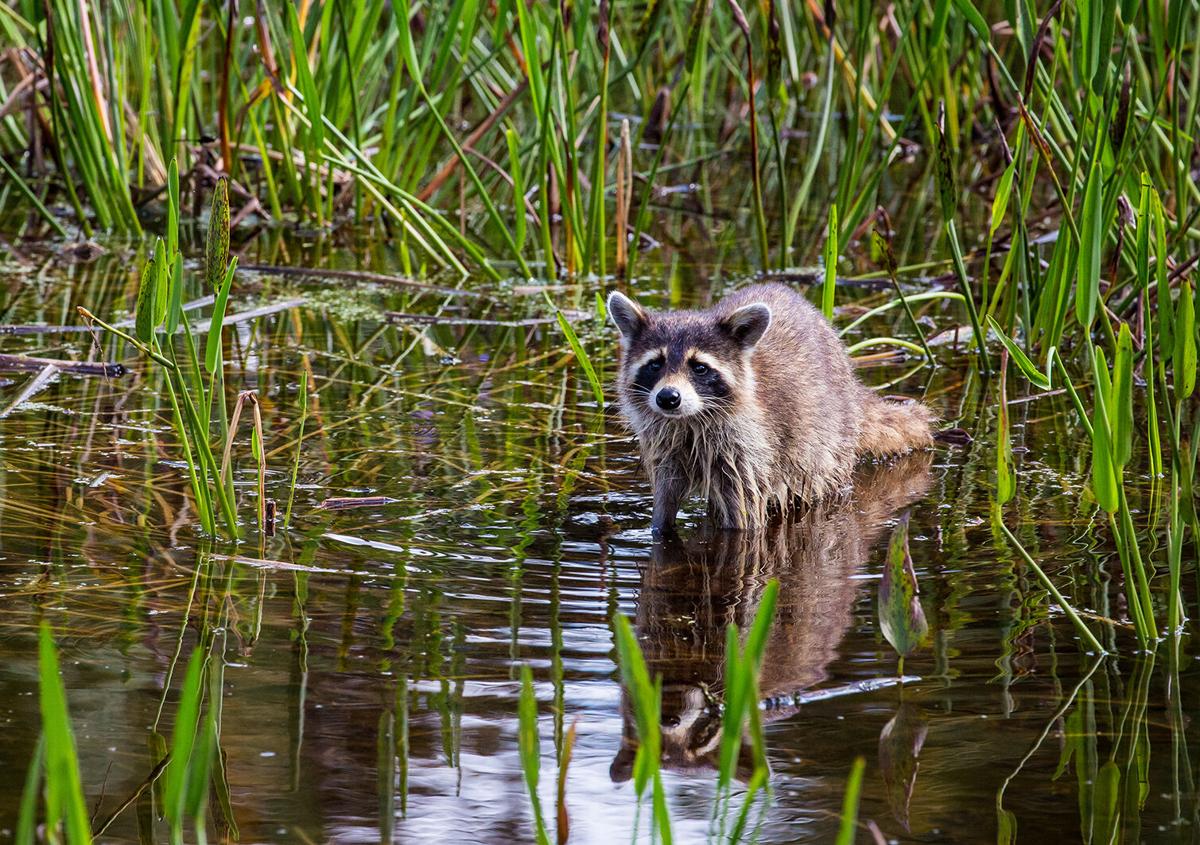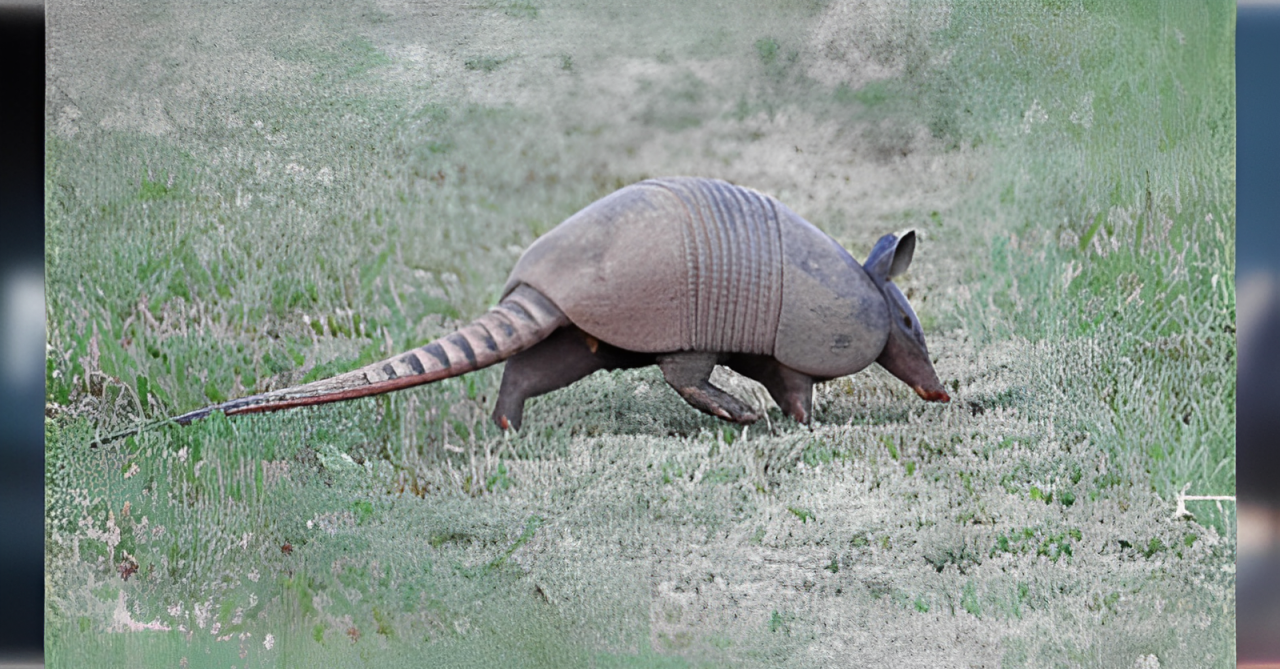As flood waters recede across Central and East Texas, residents are encountering a surge in displaced wildlife seeking refuge from the deluge. The recent floods, attributed to heavy rainfall and swollen rivers, have inundated vast areas, displacing a variety of animals from their natural habitats.
Among the wildlife forced into residential areas by the rising waters are snakes, armadillos, skunks, raccoons, and other species indigenous to the region. As these creatures seek higher ground or shelter from the floodwaters, they may inadvertently enter yards, homes, or other human-populated spaces, increasing the likelihood of human-animal encounters.
Residents are urged to exercise caution and employ common-sense precautions as they navigate their surroundings in the aftermath of the flooding. Debris piles left behind by receding waters can serve as temporary shelters for displaced wildlife, particularly snakes, posing potential hazards during cleanup and recovery efforts.
The influx of displaced wildlife comes at a time when Texas is already grappling with ongoing challenges related to human-wildlife interactions. From urban expansion encroaching on natural habitats to issues of wildlife management and conservation, the state has long contended with balancing the needs of its diverse wildlife population with those of its human residents.

Furthermore, the timing of the recent floods coincides with the spring season, a period when many species give birth to their young. As newborn wildlife emerges from their dens or nests, the risk of human-animal encounters is further heightened, as parents may become more protective and defensive in their efforts to safeguard their offspring.
While the instinct to assist or investigate displaced animals may be strong, experts emphasize the importance of allowing wildlife to navigate their surroundings naturally. Unnecessary interference, such as attempting to relocate or handle wildlife, can disrupt their behavior patterns and potentially harm both the animals and humans involved.
In response to the increased presence of displaced wildlife, local authorities and wildlife experts are coordinating efforts to mitigate potential risks and educate the public on safe coexistence practices. Emergency response teams are prioritizing the safety of residents while also addressing the needs of displaced animals, ensuring that both humans and wildlife can navigate the post-flood landscape safely.
Pastor Keion Henderson Talks About Famous ‘Hush’ Video: ‘This Took 4 Years to Resolve’!
Sacramento: Former Prisoners Talk About Working Against Their Will at Capitol Rally!
As communities continue to recover from the impact of the floods, residents are encouraged to remain vigilant, report any dangerous wildlife encounters, and prioritize their safety while coexisting with displaced wildlife in their neighborhoods.

